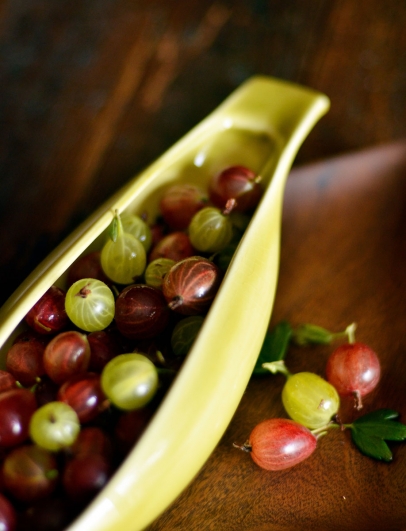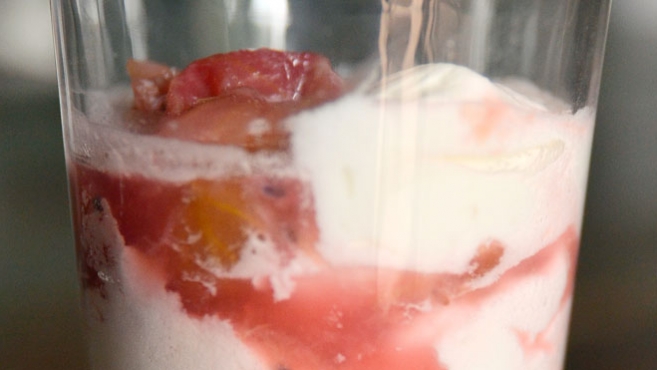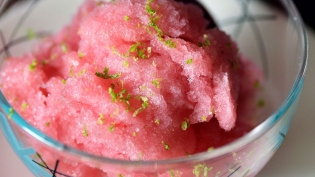Gooseberries: All that is old is new again

“‘Country life has its advantages,’ he used to say. ‘You sit on the veranda drinking tea and your ducklings swim in the pond, and everything smells good … and there are gooseberries.’”
—Gooseberries by Anton Chekhov
Gooseberries were a colonial era favorite. Recipes abound in historic cookbooks, and gooseberries are frequently mentioned in classic literature. Unfortunately, over time, this fruit fell out of favor. This old-fashioned gem is a revelation for the modern palate as we often look for sweet/sour complexity in foods we eat.
Fortunately for Michiana, this unique fruit is seeing a renaissance at farmers markets and in backyard gardens. Typically similar in size and texture to grapes, gooseberries range in color from red, yellow, green and white to almost purple. The fruits are versatile and can be used for sweet or savory dishes.
Use for: Eating fresh, cooking, baking, drying, freezing and pickling.
Pairs well with: Allspice, apples, blueberries, butter, chile peppers, cinnamon, cloves, coconut, cream, crème fraiche, currants, elderflower, fennel, ginger, honey, lemonade, lime, mackerel, mint, onions, orange, pavlova, pork, salmon, Sauvignon Blanc, soy sauce, strawberries, sugar, vanilla, vinegar, yogurt.
How to buy: Buy clean, bright, fresh-looking berries that are firm to the touch and not squishy.
Preparation: Wash and take off the top and tail of each berry.
Storage: Store gooseberries without washing them in a single layer or a large container in the refrigerator for 1–2 weeks. They can also be frozen in a single layer on a tray and then put in a freezer container for 4–6 months.








